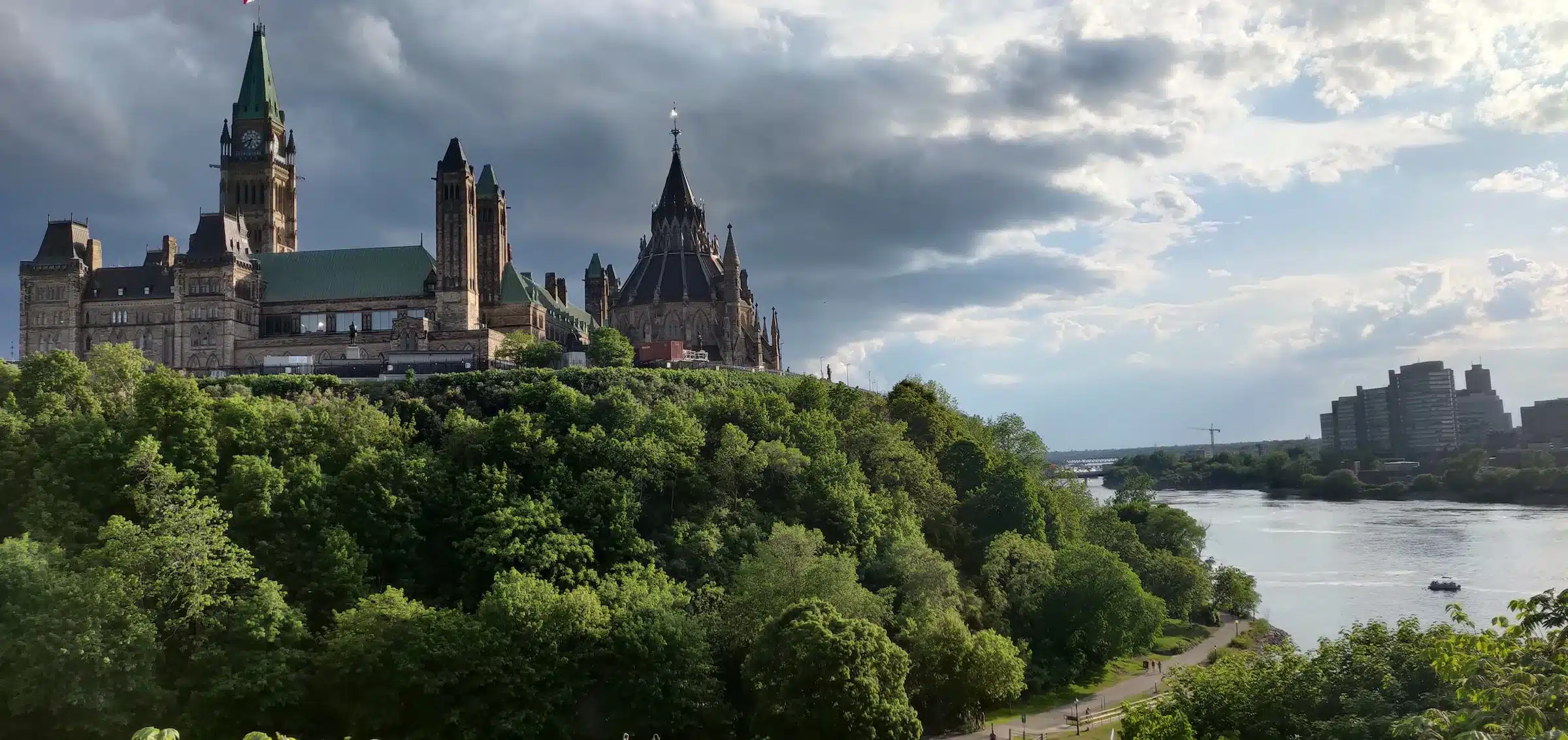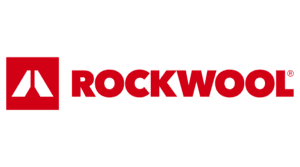Canada’s Green Buildings Strategy needs a solid foundation
Open letter published in The Hill Times
CAGBC Staff on March 30, 2023
- Theme
- Advocacy
Canada’s green building sector is one of the best solutions to reduce carbon emissions, increase jobs, and grow the economy. In fact, supporting green building through proactive policies and investments could triple the number of jobs to almost 1.5 million, contribute $150 billion to Canada’s GDP, and result in a reduction of 53 MtCO2e of carbon compared with 2018 levels – all by 2030.
Whether retrofitting buildings or constructing new zero-carbon ones, green buildings also have many other co-benefits, including improving air quality and occupant health, protecting ecosystems, greening Canada’s supply chain, and aiding in housing affordability while ensuring more resilient buildings and communities.
With all the proven value green buildings provide, we support Natural Resources Canada’s efforts to develop Canada’s Green Buildings Strategy (GBS). Ensuring the strategy has credibility requires a solid foundation that includes ambitious and measurable milestones, support from all levels of government, and targeted investment. The strategy also must consider the lifecycle emissions of buildings and offer a long-term approach and solutions including on resilience to a changing climate. For best results, it must align with the building sector’s innovation and investment cycles and the dramatic demand for an expanded and skilled workforce.

Decarbonization at speed and scale will depend on forward-thinking regulations and targeted government support for zero-carbon buildings and deep-carbon retrofits. Our main trading partners are already moving ahead, whether through regulations like the new Energy Performance of Buildings Directive of the European Union or the Inflation Reduction Act in the United States. With a strong GBS, Canada could keep pace and unlock significant economic and competitive benefits.
Closer to home, carbon emissions are also becoming a business risk for real estate owners. “Brown discounts” – where high carbon emissions reduce the investment a building can attract — are a growing consideration in real estate transactions. Keeping the real estate sector competitive will require the GBS set national guidelines, coordinate actions at all levels of government, and work with industry to implement robust tools and solutions.
A successful strategy must also prioritize and incentivize zero carbon transition planning to give building owners the tools to sequence needed interventions while controlling costs. Establishing a building or portfolio-wide plan is urgent when you consider that envelope improvements may happen only once by 2050 but can significantly impact the size and costs of heating and cooling systems.
Support for quality, accessible, and reliable building data is another area where the GBS could ensure a strong foundation for decarbonizing Canada’s buildings. Building owners need data to determine where to invest and how to demonstrate the effectiveness of their sustainability actions. Governments also need data to guide policies, establish program baselines, and measure program effectiveness. The GBS should encompass tools for measuring building performance and establish benchmarks for labelling both buildings and materials using Life Cycle Assessment best practices, procurement, and performance data. By helping manufacturers report on their products’ environmental performance, the government can strengthen its commitment to creating a viable, domestic supply chain of low-carbon building and retrofit materials.
Lastly, the GBS will necessitate a coherent and coordinated whole-of-government approach that adapts to current public programs and policies while being flexible enough to account for future ones. The GBS must coordinate with the Greening Government Strategy, align with building codes that should include operational and embodied carbon emissions by 2025, and support procurement policies such as the upcoming “Buy Clean” strategy. Beyond federal actions, the GBS could establish a consistent approach that other levels of government can follow to support the adoption of green building practices. A lack of harmonization is not conducive to scaling and accelerating green building innovation across Canada.
The government’s commitment to adopting a Green Buildings Strategy is a significant and promising step. Green building offers Canada numerous economic, environmental, and social benefits, but to realize them fully, the GBS must build a strong foundation. Focusing on government cooperation, investment in tools to support the building sector and its supply chain, and integrating with current and future policies and programs will help Canada advance climate action and build a more sustainable future.
Signatories
Charles Armstrong,
Executive Chairman
Armstrong Fluid Technology
Christina Iacoucci,
Managing Partner, Canadian CIO and Head of Investment Management
BentallGreenOak
Gordon Hicks, C.M,
CEO
BGIS
Susan McGeachie,
Head
BMO Climate Institute
Brian Kingston,
CEO
Brookfield Real Estate
Thomas Mueller,
President and CEO
Canada Green Building Council
Mary Van Buren,
President
Canadian Construction Association
Rick Jeffery,
President & CEO
Canadian Wood Council
Robert Niven,
Chair & CEO
CarbonCure Technologies
Adam Auer,
President & CEO
Cement Association of Canada
Oliver Sheldrick,
Program Manager
Clean Energy Canada
Denise Amyot,
President & CEO
Colleges and Institutes Canada
Antonio Gomez-Palacio,
Partnership Chair
DIALOG
Corey Diamond,
Executive Director
Efficiency Canada
Jody K. Becker,
Chief Strategy Officer and Executive Vice President, Infrastructure Services & Technology
EllisDon
Gerard McDonald,
CEO
Engineers Canada
Don Delaney,
Director of Engineering
Flynn Group of Companies
Derek Nighbor,
President & CEO
Forest Products Association of Canada
Tom Corner,
Managing Director
Imperial Sign
William H. Overturf III,
President
Introba
Alan MacKenzie,
CEO Canada
JLL
William Logar,
Chief of Asset Management Officer
KingSett Capital
Brent Trenga,
Director of Sustainability
Kingspan Panels North America
David Redfern,
CEO & President
Lafarge Eastern Canada
Hugo Lafrance,
Associate, Sustainability
Lemay
Brad McAninch,
CEO
Modern Niagara
Jay Nordenstrom,
Executive Director
NAIMA Canada
Josh Lewis,
Vice President Energy Engineering
Nerva Energy Group
Zosia Brown,
Vice President, Sustainability
Nexii Building Solutions
Travis Dahl,
Business Development, Canada
OneClick LCA
Chris Ballard,
CEO
Passive House Canada
Kathy Wardle,
Principal and Director of Sustainability
Perkins&Will Canada
Mike Brennan,
CEO
Royal Architectural Institute of Canada
Michael Brooks,
CEO
REALPAC
Sarah Sinovic,
Director of Public Affairs & Communications, North America
ROCKWOOL
Frederick Morency,
Vice President Sustainability, Strategic Initiatives & Innovation
Schneider Electric
Lynn Mueller,
CEO, President & Chairman
SHARC Energy
Jean-François Côté,
Director, Standards & Scientific Affairs
SOPREMA
Kathy Abusow,
President & CEO
Sustainable Forestry Initiative (SFI)
Dan Dixon,
Senior Vice President, Project Finance
The Minto Group
Guthrie Cox,
Senior Vice President,
Customer Operations
View Inc.
Jonathan Westeinde,
CEO
Windmill Developments







































